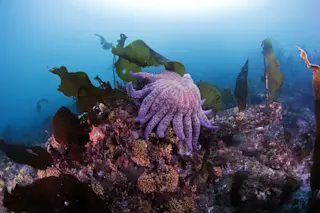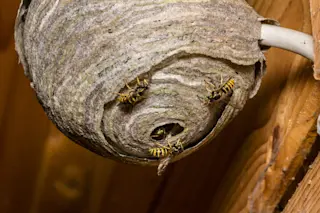The evolution of trees and seed plants 360 million to 380 million years ago dramatically altered the terrestrial landscape, providing new habitats where animals and other plants could flourish. But geologist Thomas Algeo of the University of Cincinnati thinks that trees might have played a more sinister role in the oceans—that of executioner. Algeo noticed that the rise of large land plants coincides with the late Devonian mass extinction, a devastating die-off during which at least 70 percent of Earth’s species went extinct. Marine organisms such as reef-dwelling corals suffered the most severe losses. Researchers have proposed that a severe global cooling might have been responsible. But Algeo suspects the deadly hand of “killer trees.”
Algeo’s idea is that as plants and trees grew larger, their roots plunged deeper into the ground, creating copious amounts of soil loaded with nutrients like phosphorus and nitrogen. Meanwhile, the spread of plants deeper ...














